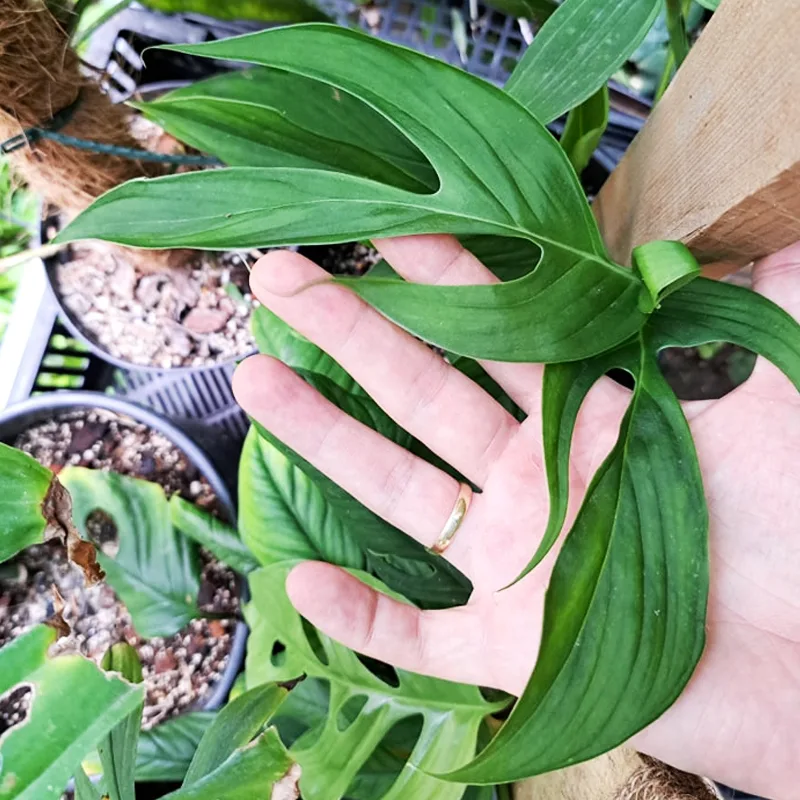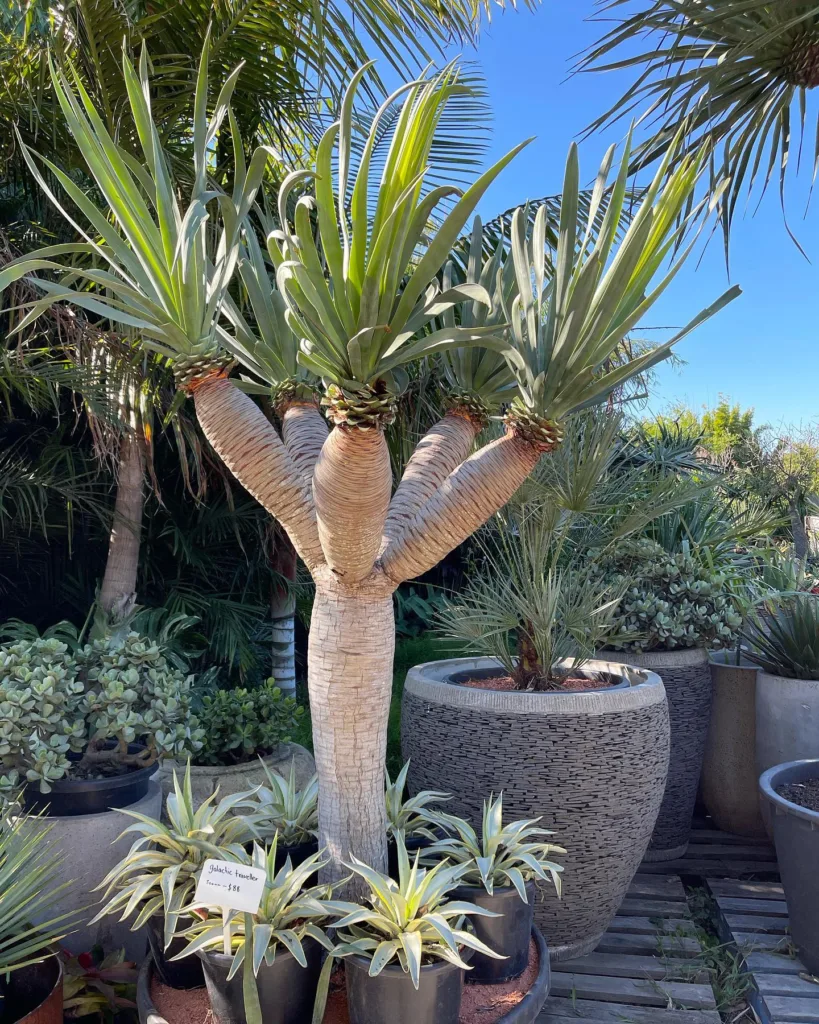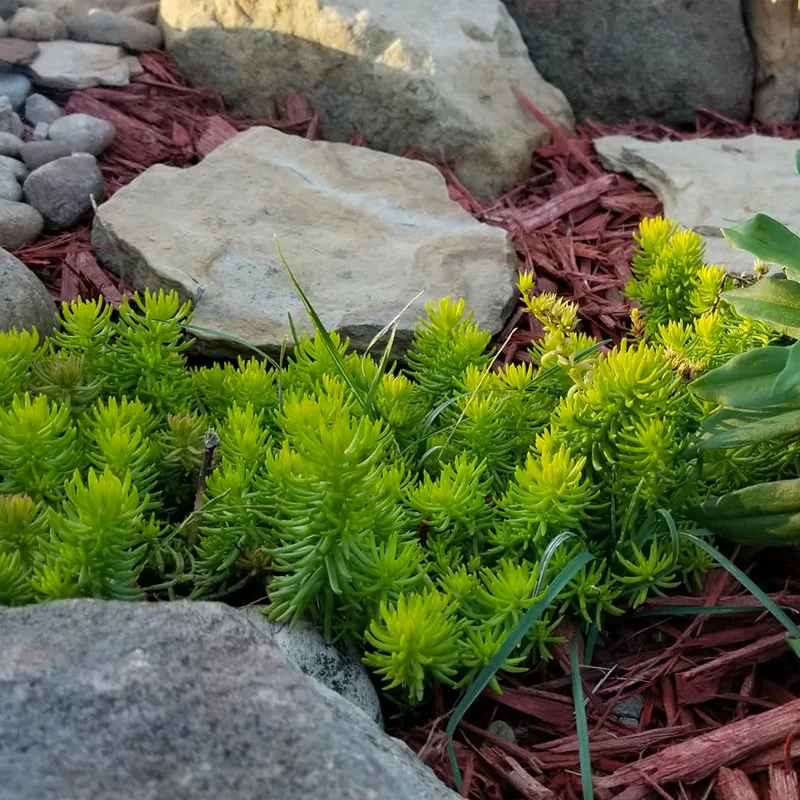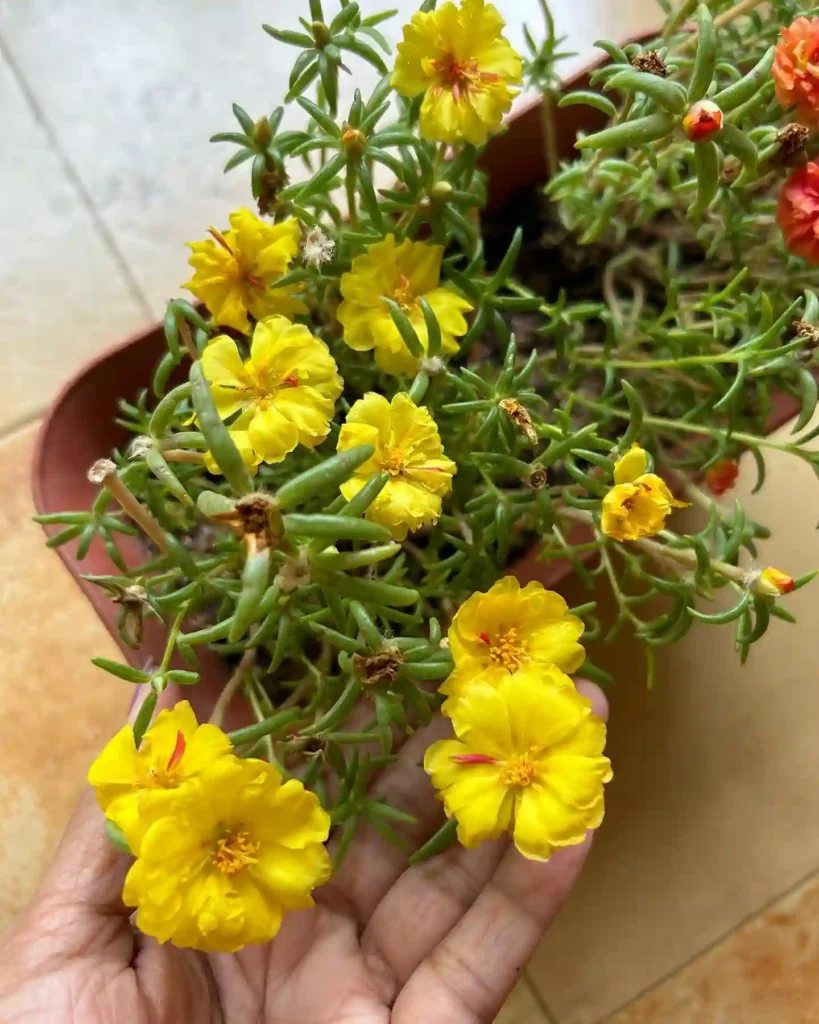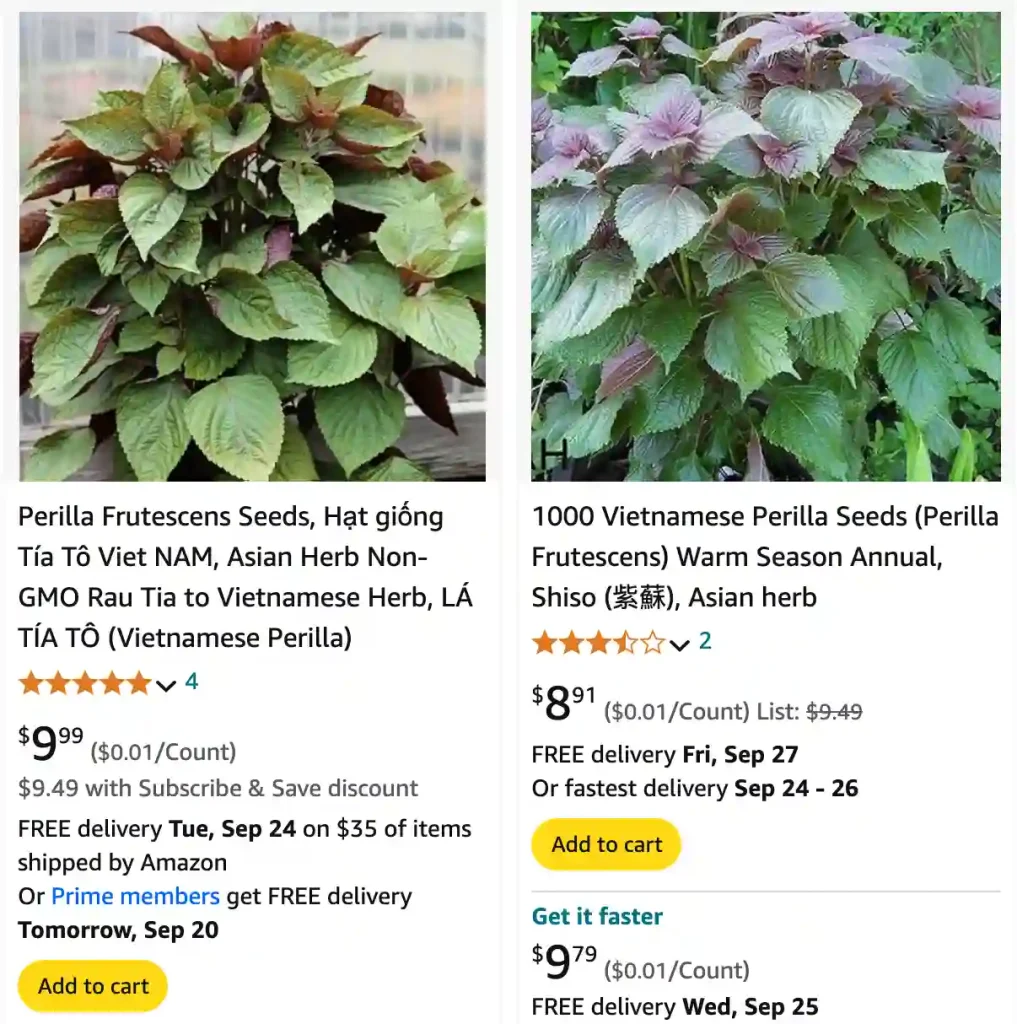
What Is Purple Perilla?
Purple Perilla, also known as Perilla Frutescens, is a vibrant, aromatic herb native to Asia. It’s recognized for its striking purple leaves and unique flavor, which can be described as a blend of mint, basil, and a hint of anise. Often used in Korean and Japanese cuisines, Purple Perilla adds a distinctive color and taste to dishes. It’s also known as Shiso in Japan and is valued not just for its culinary uses but also for its medicinal properties.
Is Purple Perilla Edible?
Yes, Purple Perilla is edible. Both the leaves and seeds are used in various dishes. The leaves can be eaten fresh, pickled, or used as a garnish. They are commonly found in salads, sushi, and as a wrapping for different fillings. The seeds can be used to make oil or added to dishes for texture and a slight nutty flavor. Aside from its culinary uses, Purple Perilla is also noted for its potential health benefits, including anti-inflammatory and antioxidant properties.
How to Germinate Purple Perilla Seeds?
Germinating Purple Perilla seeds can be a bit tricky but definitely rewarding. Here’s a straightforward method:
- Prepare the Seeds: Start by soaking the seeds in water for about 24 hours. This helps to soften the seed coat and promote faster germination.
- Seed Starting Mix: Use a well-draining seed-starting mix. Fill seed trays or small pots with the mix and moisten it.
- Sowing: Scatter the seeds evenly over the surface of the soil. Lightly press them into the soil, but do not cover them, as they need light to germinate.
- Temperature and Light: Place the trays or pots in a warm, sunny location or under grow lights. Ideal temperatures for germination are between 70-80°F (21-27°C). Keep the soil consistently moist but not waterlogged.
- Transplanting: Once the seedlings have grown a few sets of leaves and are strong enough, they can be transplanted into larger pots or directly into the garden.
How to Grow Purple Perilla?
Growing Purple Perilla is relatively easy if you follow a few basic steps:
- Planting Location: Choose a sunny location with well-draining soil. Purple Perilla thrives in full sun but can tolerate partial shade.
- Soil Preparation: Amend the soil with organic matter to improve its fertility and drainage. A pH of 6.0 to 7.0 is ideal.
- Spacing: Space plants about 12-18 inches apart to allow them room to grow. They can reach a height of 12-18 inches and spread out accordingly.
- Watering: Keep the soil consistently moist, especially during dry periods. Avoid overwatering, as this can lead to root rot.
- Fertilization: Feed your plants with a balanced fertilizer every 4-6 weeks to promote healthy growth.
How to Use Purple Perilla for Weight Loss?
Purple Perilla may aid in weight loss thanks to its metabolic and appetite-regulating properties. Here are a few ways to incorporate it into your diet:
- Tea: Brew the leaves to make a herbal tea. It’s believed that drinking Perilla tea can help boost metabolism and suppress appetite.
- Salads: Add fresh Perilla leaves to salads. Their aromatic flavor can make salads more satisfying.
- Smoothies: Blend Perilla leaves into smoothies for a nutritious boost.
Remember, while Purple Perilla can support a healthy lifestyle, it’s important to combine it with a balanced diet and regular exercise for effective weight management.
Is Purple Perilla Invasive?
Purple Perilla can become invasive if not properly managed. It tends to self-seed and can spread rapidly in suitable conditions. In areas where it’s not native, it might outcompete local plants. To control its spread:
- Regular Harvesting: Regularly harvest the leaves to prevent the plant from going to seed.
- Containment: Plant Purple Perilla in containers or raised beds to control its spread.
- Monitoring: Keep an eye on its growth and promptly remove any volunteers that appear outside of your intended growing area.
How to Care for Purple Perilla?
Caring for Purple Perilla involves some basic maintenance:
- Pruning: Regularly pinch back the tips of the plants to encourage bushier growth and prevent them from becoming leggy.
- Pest Management: Watch for pests like aphids and spider mites. Use insecticidal soap or neem oil if necessary.
- Winter Care: In colder climates, consider growing it as an annual or bring it indoors during the winter.
What to Plant With Purple Perilla?
Purple Perilla pairs well with various plants:
- Companions: It grows well alongside other herbs like basil, mint, and cilantro. It can also be planted with ornamental plants for a striking garden display.
- Avoid: Avoid planting it near other aggressive spreading plants to prevent competition.
Can You Grow Purple Perilla Indoors?
Yes, you can grow Purple Perilla indoors. It requires plenty of light, so place it in a sunny window or under grow lights. Ensure good air circulation and keep the soil moist. Indoor plants might not grow as vigorously as those outdoors, but with proper care, they can still thrive.
Is Purple Perilla Toxic?
No, Purple Perilla is not toxic. It is safe for consumption and handling. However, as with any plant, it’s best to consume it in moderation and consult a healthcare provider if you have any specific health conditions or concerns.
Common Problems with Purple Perilla
- Diseases: Watch for fungal diseases like powdery mildew, especially in high humidity. Ensure good air circulation and avoid overhead watering.
- Pests: Aphids and spider mites can be problematic. Regular monitoring and prompt treatment can keep these pests in check.
Compare with Other Similar Plants
Perilla vs. Basil: While both have aromatic leaves, Perilla has a unique flavor with hints of mint and anise, whereas Basil has a more traditional herbaceous taste. Perilla’s vibrant purple color also sets it apart from Basil’s green.
Perilla vs. Mint: Perilla has a more complex flavor profile compared to Mint. Mint tends to be more straightforward in its cooling flavor, while Perilla offers a blend of flavors.
Overall, Purple Perilla is a versatile herb with both culinary and potential health benefits. Whether you’re growing it for its striking color, unique flavor, or health properties, it can be a valuable addition to your garden or kitchen.
